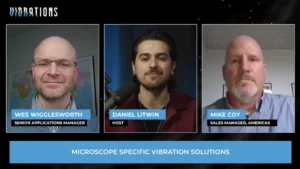The Goals for Space Exploration for This Decade and Beyond
The expanse of space, the wondrous and eerie world that very few individuals have experienced. In this episode, Chris Blackerby and Charity Weeden talk to Ellen Stofan, Under Secretary of Science and Research at the Smithsonian, about the future of space exploration in the government and private sectors, the public.
Stofan’s career in space was destined when she was four years old and watched a launch of the ATLAS-CENTAUR. Her father was an engineer on the rocket. However, the rocket exploded, and the vast mushroom cloud made four-year-old-Stofan remember the moment forever. The explosion was an unfortunate outcome, and it’s important to remember that a test flight that produces knowledge is not a failure.
She said that launches are one of her favorite parts of her job, but to this day, she gets nervous. “It’s an overwhelming feeling when the hardware you worked on is out in space,” chimed in the host, Blackerby. “When we launched our first satellite in March of last year, [it] was so emotional.”
Stofan became interested in geology and soon realized that geology and space go hand in hand. Stofan became Chief Scientist at Nasa, where her focus was getting Nasa Data into the hands of people worldwide to help combat climate change.
Today, Stofan believes that this decade will be vital in determining the future of space exploration. As private investments into the expanse become the norm, the government will be able to shift its focus to further investigation, like Mars. Determining and applying something like the Leeds Standards [sustainability-focused practices in the building industry] to space building and exploration is necessary to establishing space sustainability. Sustainability will be required, from how space crafts are disposed of to entering and exiting orbit. Since space is a global common, authority is undetermined. The public will play a vital role in ensuring that sustainable practices happen immediately.








